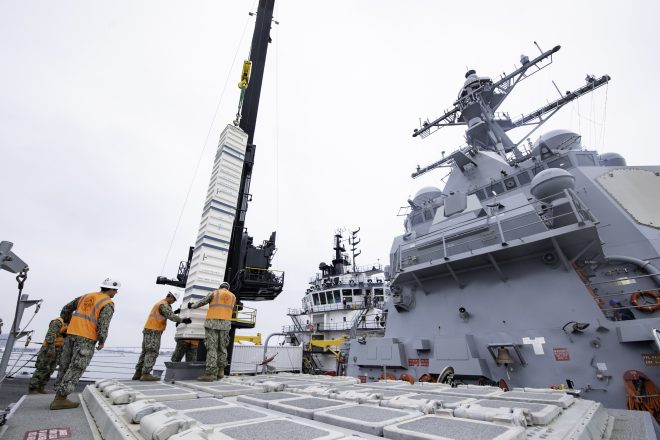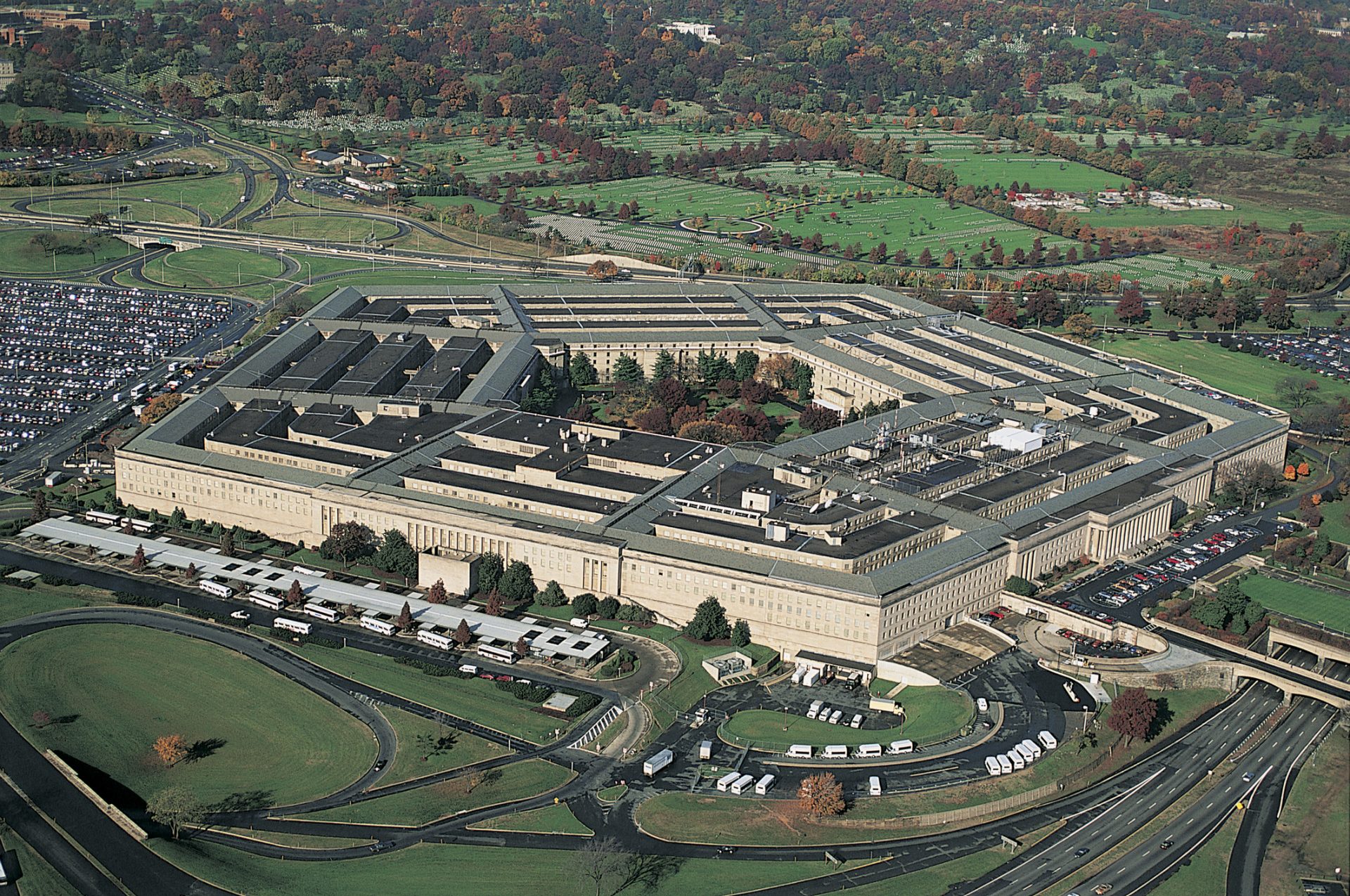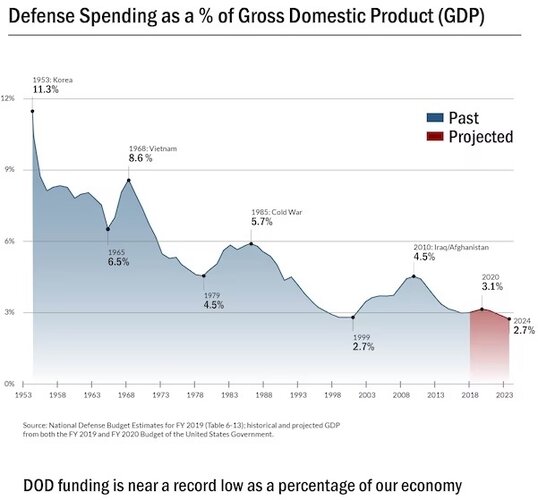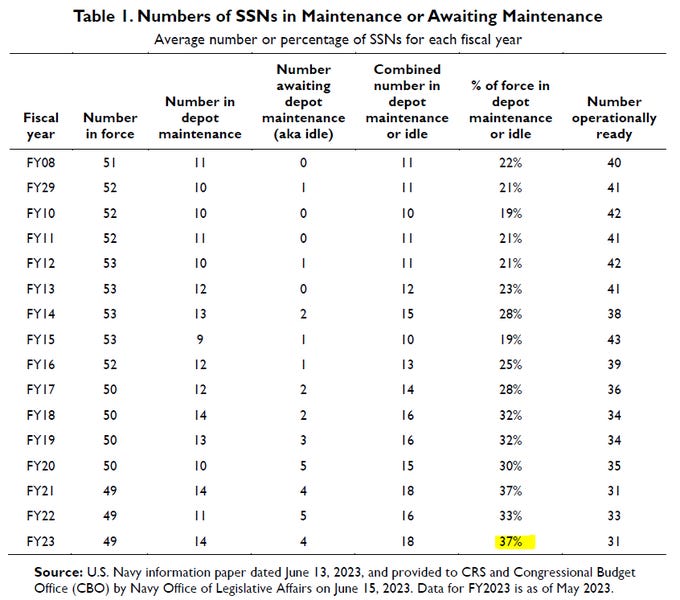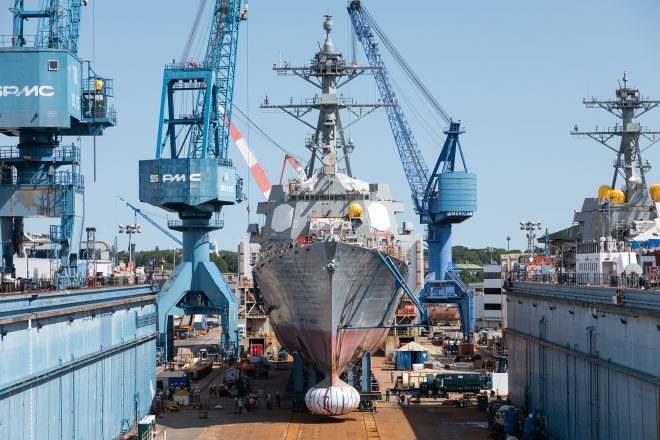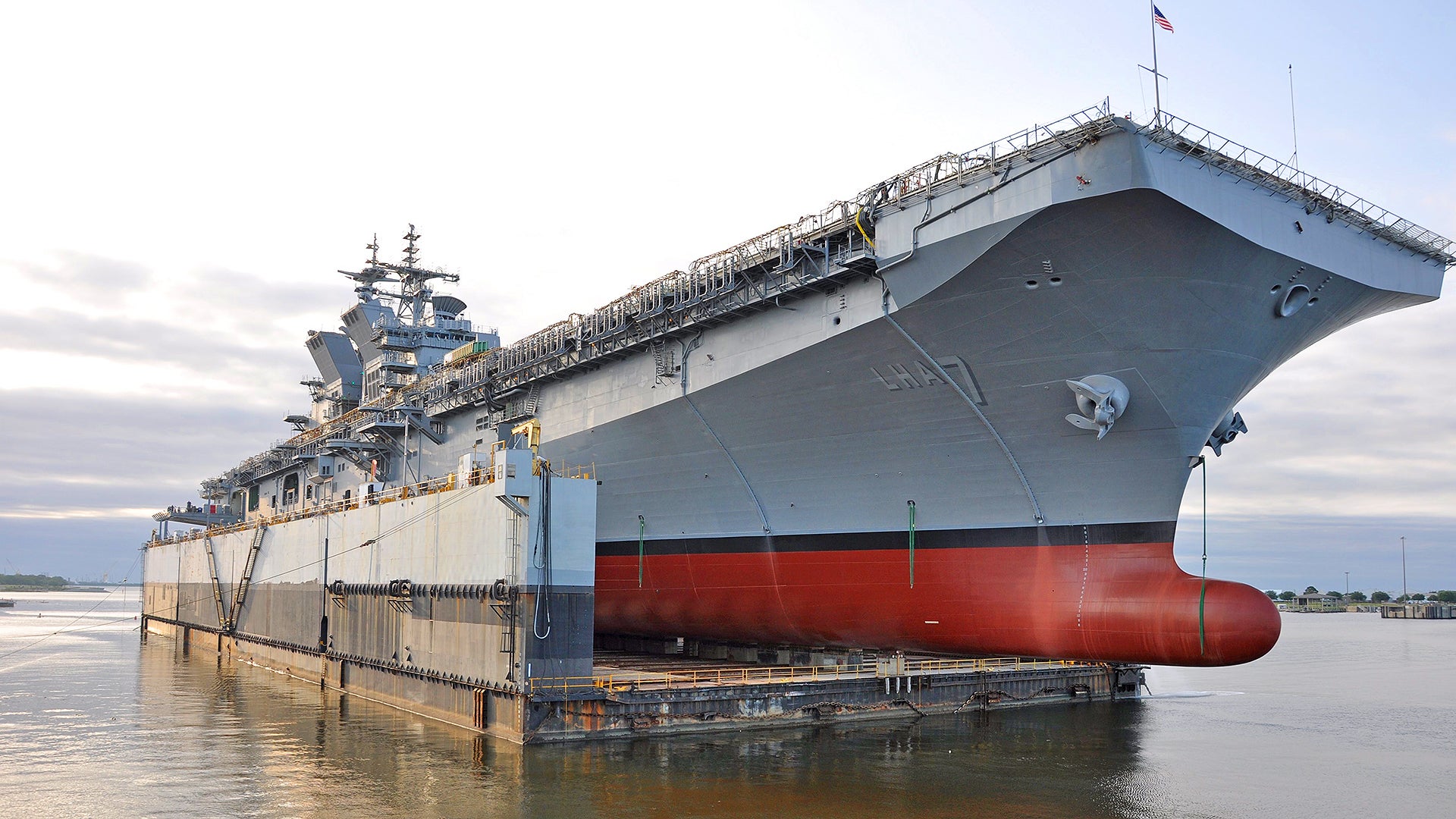IMHO, there's a potentially nasty 'gotcha' given the surfeit of drones in Ukraine air-space...
Remember the Pacific War and those Kamikase attackers ??
Incoming !!
You gotta 'honour the threat', even those that seem to be off-target, given they could make terminal corrections...
So, you must shoot at all of them...
Need a 'basic' cruise-missile have a war-head ? Enough ballast to have the same 'look and feel', a pyro to prevent examination, no fussy explosives, a basic guidance package. Perhaps extra fuel so they circle in target area, congesting the Aegis plots...
Send a dozen 'drones' plus a couple of 'live' ones. Your target has to expend twenty defensive missiles. And then another twenty. And then another twenty...
It's the same problem as helos dipping sonar: If sub or sub decoy buoy launches 'surface-to-air', helo must cut and run, popping flares etc.
How many spare 'dips' do ASW team have ? How long to rig a spare, re-calibrate ??
I suppose a parallel would be the late-series 'Tiger' tanks: They ran out of ordnance...


